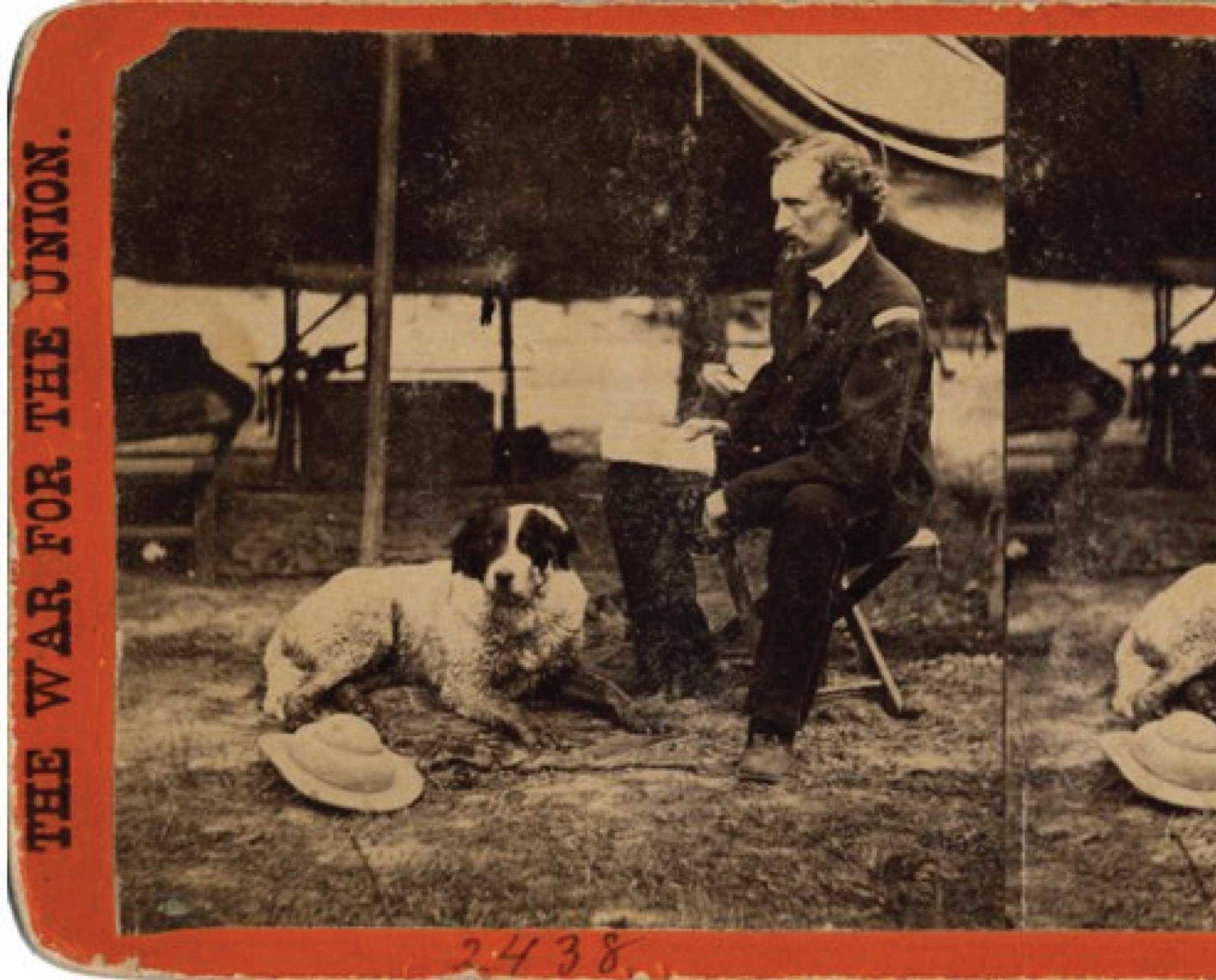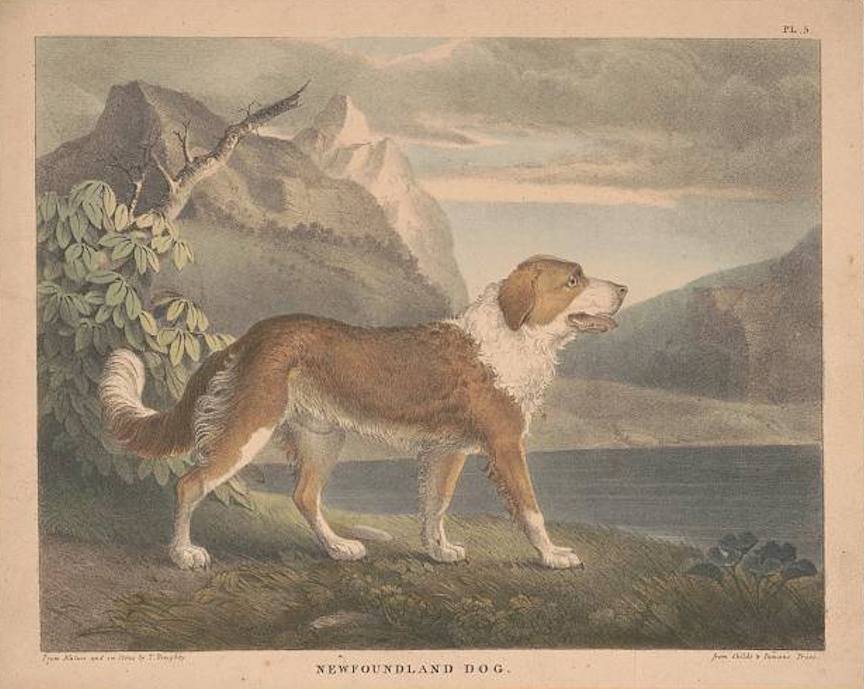Home » Project Upland Listen » Hunting Dog Confidential Podcast » The Origins of Retrievers: Hunting Dog Confidential Episode #8
The Origins of Retrievers: Hunting Dog Confidential Episode #8

Jennifer Wapenski is the Director of Operations and Managing Partner…
Uncovering the truth of where and how the retriever breeds were developed
Our exploration of the history of hunting dogs has led us to North America, where we uncover the earliest origins of the retriever breeds. In this episode, we discuss whether the Labrador Retriever is really a North American breed, or whether it’s a British breed that owes its roots to the back-and-forth trade between England and the new communities on the eastern coast of North America.
LISTEN on Apple Podcast | Google Play | Spotify | Stitcher
For the purposes of this discussion, “Retriever” is meant to refer to the breeds that were specifically bred to specialize in retrieving: the Chesapeake Bay Retriever, Curly Coated Retriever, Flat Coated Retriever, Golden Retriever, Labrador Retriever, and the Nova Scotia Duck Tolling Retriever. Many other water dogs share similar characteristics, and of course continental pointing dogs and spaniels are also expected to retrieve game. But the Retrievers were truly designed to be specialists in the new landscape and the new hunting techniques found in North America in the eighteenth and nineteenth centuries.
Our story begins on the east coast of what is now Canada, in the province now known as Newfoundland and Labrador. These coastal communities were known for their near-mythological fishing grounds, so early contacts are suspected to have been made by the English, the Portuguese, and perhaps even the Vikings. Over time, at this fishing outpost, the various cultures and their dogs combined to form a landrace called the St. John’s Water Dog. This wasn’t a specific breed of dog, but rather a particular type that was commonly found in the area. These dogs were described as having a short thick coat, rudder-like tail, high endurance, and a great love of swimming. All modern retrievers eventually descended from these dogs.
The St. John’s Water Dog was a favorite of fisherman and hunters alike. They could be found all over the island of Newfoundland. They were used in the water to fetch lines, waterfowl, and even dive for fish that escaped the nets. Hunters used the dogs in a method of attracting waterfowl known as tolling, where the dog played along the shore and lured the curious ducks to within gun range. Early writings describe highly intelligent and capable dogs used in this manner to help the hunter put food on the table.
These dogs were frequently being sent back to England with the fishermen and merchants that traveled back and forth across the Atlantic. In England, the St. John’s Water Dog was crossed with other dogs to meet the demands of the pet and hunting markets. Eventually this landrace of dogs split into a much larger variety, what we now know as the Newfoundland Dog, and a smaller variety that led to the formation of the Labrador Retriever. But that’s a story for the next episode.

Tune in to hear more about the earliest origins of the Labrador Retriever and, by extension, all of our modern day retriever breeds. As always, we thank you for listening and hope you’ll continue to share the great feedback about this series. We can be reached at info@projectupland.com with your ideas, comments, and questions.
Share | Comment, review and discuss this episode of the podcast in our Project Upland Community Facebook group.
Enjoy the show and don’t forget to rate, review, subscribe, and share this podcast.
Jennifer Wapenski is the Director of Operations and Managing Partner at Project Upland Media Group. She has a lifelong passion for the outdoors, dogs, and wildlife; as an adult, she discovered that upland bird and waterfowl hunting were natural extensions of these interests. What started as initial curiosity soon escalated into a life-changing pursuit of conservation, advocacy, and education. Jennifer serves in a variety of roles such as the Breed Warden for the Deutsch Langhaar—Gruppe Nordamerika breed club and on an advisory committee for the Washington Department of Fish and Wildlife.



